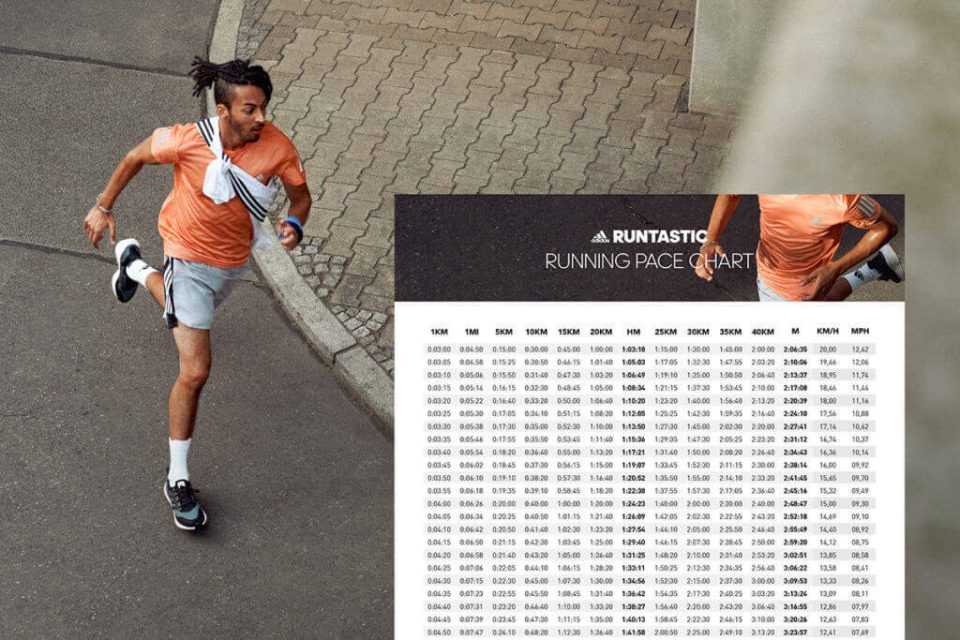You have signed up for a half marathon and been training for the last few weeks. You also have a desired goal time in mind. But how do you know if this goal is actually realistic? Before the race, you need to be able to estimate your goal time as accurately as possible in order to choose the right running pace. This is important because it helps you to optimize your half marathon prep and select the best strategy for the big day.
Today we have some tips for you on how to go about finding a realistic running pace for your half marathon.
This post includes 2 useful tools for planning your race pace:
- A pace calculator
- A downloadable PDF with a half marathon pace chart
1. Calculate your running pace based on previous races
The easiest way to estimate your half marathon pace is to look at your race times over shorter distances. Using certain factors, you can calculate your expected half marathon time from your 5K or 10K personal best (PB).
Formula for calculating a realistic half marathon time:
- 5K PB x 4.667
- 10K PB x 2.223
Example: Your 10K personal best is 50 minutes. Multiply this time by 2.223 to get your realistic half marathon time: 1:51 h. This is equal to a 5:16 min/km pace.
2. Do several timed runs during your training
Another method for estimating your race pace is to do several timed runs during your training. The goal is to develop a feel for different speeds over different distances. You can then use this during the race to adjust your running pace accordingly. For this method to be effective, you need to be very aware of your body.
This pace calculator will help you determine the pace you ran over different distances:
3. Determine your individual training zones
Finally, the most accurate, but slightly more complicated, method for finding your realistic race pace is to determine your individual training zones. You can determine them through specific tests performed in the lab or out in the field, such as a lactate threshold test or a VO2 max test .A sports scientist or experienced coach can also estimate the expected finishing time with a high degree of accuracy and advise you on your training zones and race pace.
Once you have determined your realistic half marathon time, you can then divide this goal time by the number of kilometers in the race to find your race pace per kilometer. Try to run each kilometer at a steady pace during the race.
We have put together a half marathon pace chart as a pdf for you with the expected goal times and the corresponding pace times in min/km. This gives you a good overview of the pace you need to run at to achieve different goal times.
Whether it’s your first half marathon or you want to improve your half marathon time, keep at it and you will see the results!
,

